Zen Meditation and Buddhist Vegetarian Cuisine in Hanno – A Mindfulness Escape Just 1 Hour from Tokyo
features
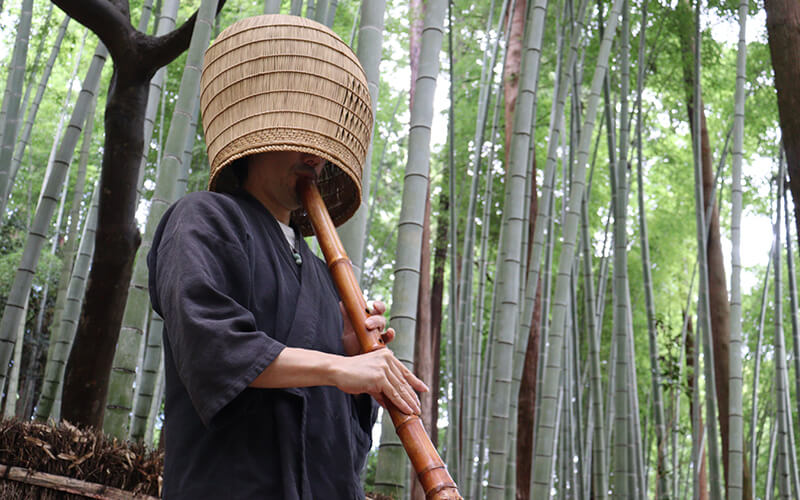
Escape the bustle of daily life and immerse yourself in the tranquil beauty of Hanno, Saitama—a city that lives in harmony with nature. Here, visitors have the rare opportunity to embrace traditional Japanese customs and experience wellness practices that harmonize body, mind, and spirit. Whether you begin your day with Zen meditation, listening to the soothing shakuhachi bamboo flute played in a forest of towering bamboo, or nourish your soul with a delicate vegetarian Buddhist meal, you'll enjoy a truly immersive traditional Japan experience unlike anywhere else!
Updated on:2024.12.17
The World of Japanese Zen
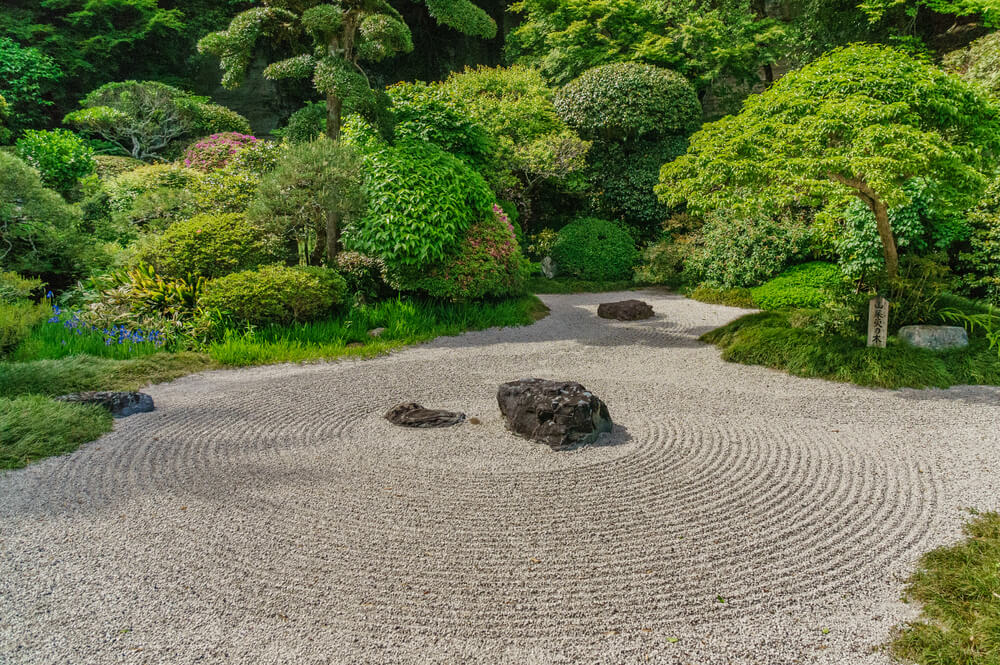
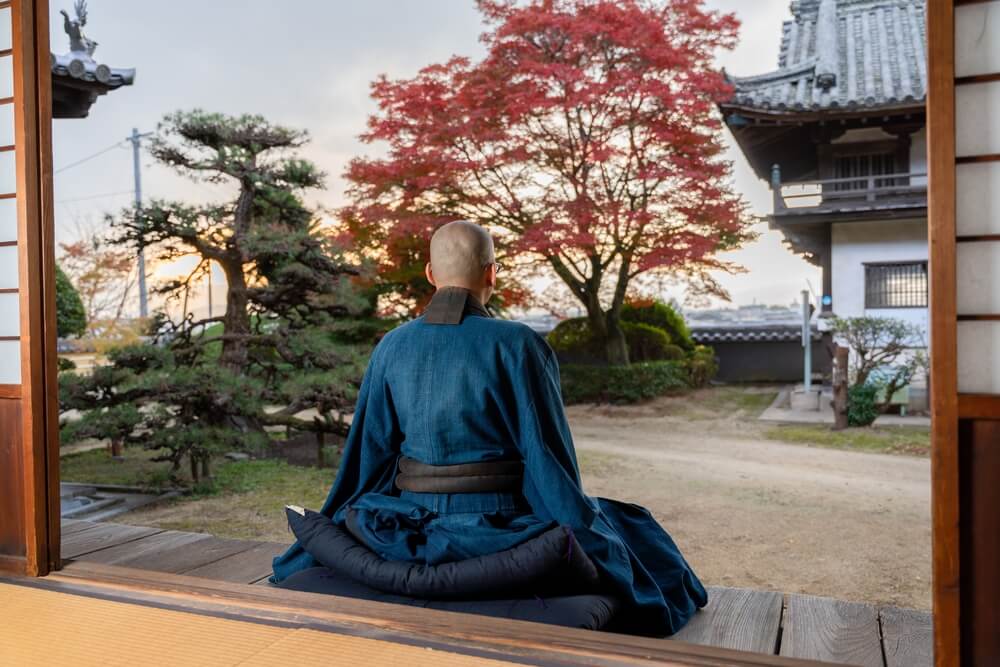
Renowned worldwide for its spiritual healing properties, Japanese Zen traces its origins to Zen Buddhism, a school of thought that uses meditation to attain self-realization and enlightenment. Arriving in Japan from China in the 6th century, Zen has since become a cornerstone of Japanese culture. Embraced by the samurai class, Zen offered a spiritual path that enhanced inner strength and a sense of purpose. Over time, it profoundly influenced traditional Japanese arts such as the tea ceremony, flower arrangement, Noh theater, Japanese gardens, and even martial arts—each embodying Zen’s principles of balance, mindfulness, and precision.
Zen meditation helps practitioners quiet the mind, engage in deep contemplation, and cultivate mindfulness, reducing stress and improving sleep, among many other benefits. This immersive spiritual practice is believed to reveal one’s true nature and let go of misconceptions, leading to a more peaceful way of living.
Zazen for example, seated Zen meditation, teaches practitioners to sit in stillness, letting thoughts come and go without judgment while focusing on the natural, effortless flow of breath.
In suizen, another style of Zen meditation, practitioners walk while playing the shakuhachi bamboo flute, using the breath, sound, and movement to face themselves and transcend the self, fully immersing in both the act of playing and the surrounding nature.
Travelers seeking mindfulness or an authentic Japanese experience will find Saitama’s nature-rich Hanno area to be the perfect wellness retreat. Nestled within this serene landscape are Takedera, a tranquil bamboo temple, and Shokakuji, a mountain temple surrounded by lush wilderness. Both offer visitors unforgettable moments of Zen that guide them toward self-realization and a deeper connection with themselves and the world around them.
Discover Rare Blowing Zen Meditation at Takedera, Hanno’s Secret Bamboo Temple
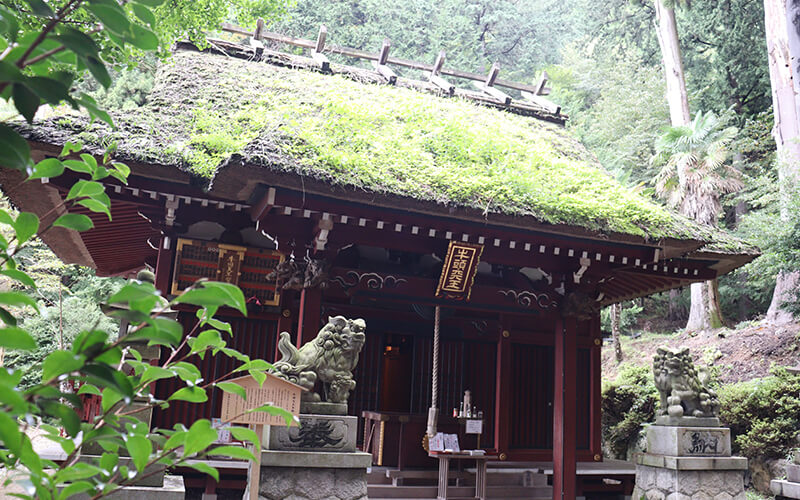
Takedera, meaning “Bamboo Temple” in Japanese, is officially known as Iozan Yakujuin Hachioji Temple, and it has stood as a center for Japanese mountain worship for over 1,000 years. The temple is home to the revered Gozu Tenno, a guardian deity believed to ward off epidemics, prevent disasters, and bring good fortune. This sacred site is also one of the last in eastern Japan that still embodies the syncretism of Shinto and Buddhism.
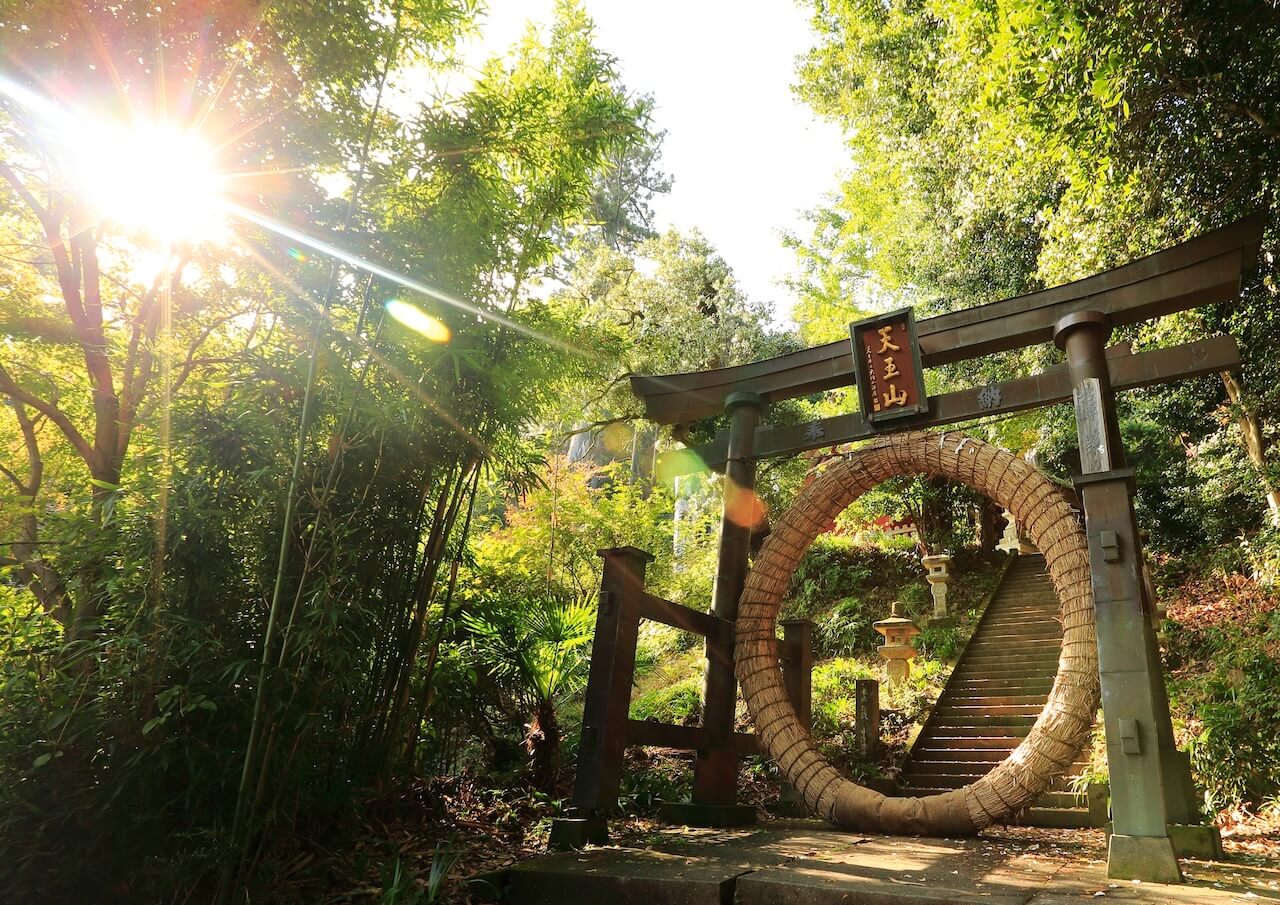
The temple’s most striking feature is its serene bamboo forest, along with its unique bamboo torii gates and the ancient giant chinowa grass ring, used in sacred purification rituals. Whether you visit during the fresh greenery of spring or the vibrant hues of autumn, the temple and its surroundings are sure to leave a lasting impression.
Interestingly, there aren’t many photos of Takedera online, making the stunning scenery a delightful surprise for visitors—a beauty that can only be fully appreciated in person!
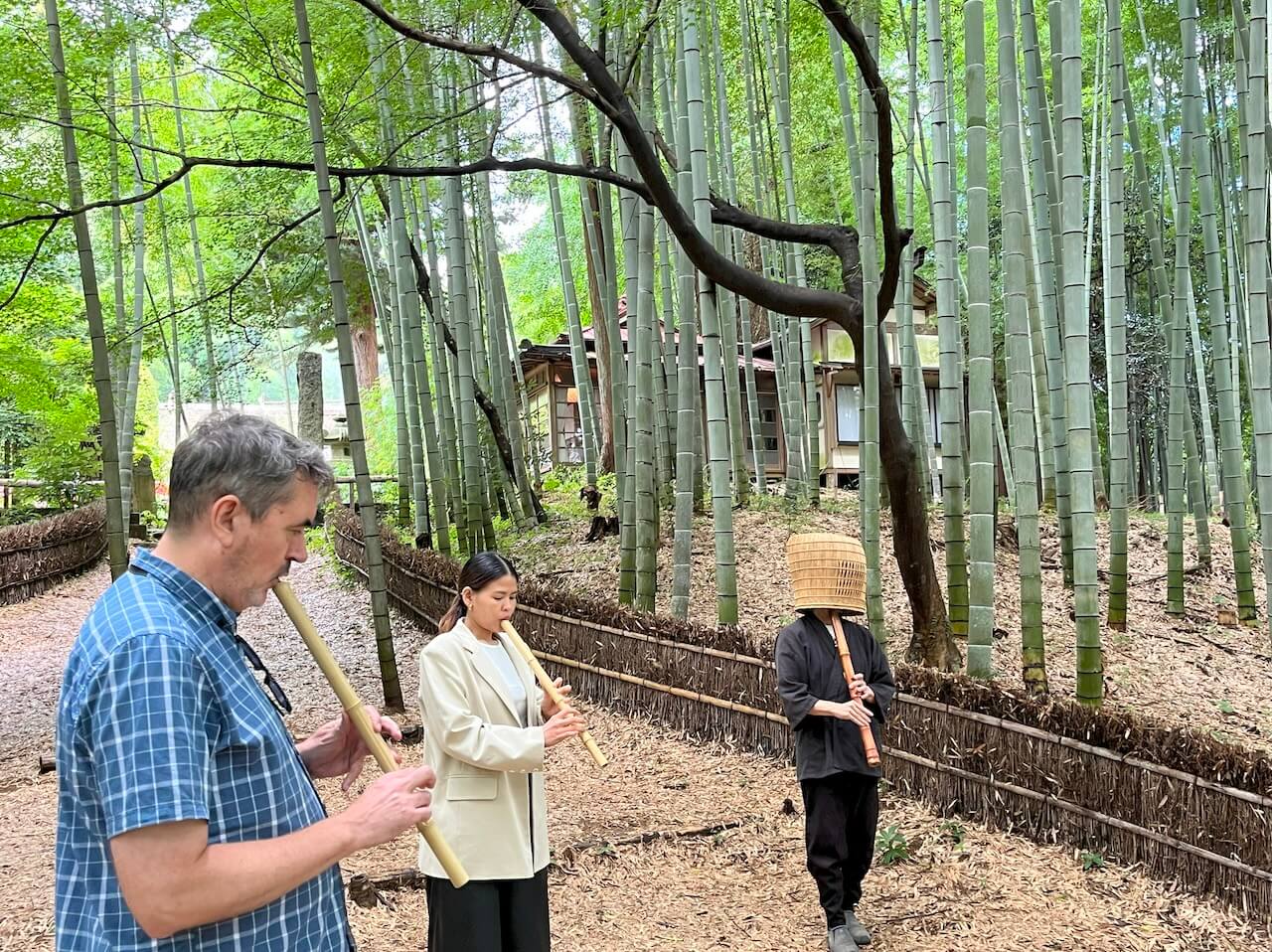
At Takedera Temple, visitors can immerse themselves in the art of suizen (blowing Zen meditation) using the shakuhachi (Japanese bamboo flute), a practice so rare that even many Japanese locals have yet to discover it.
Suizen provides a soothing, reflective journey, combining mindfulness with serene music. The session is led by the renowned instructor and musician Aoyama Masaaki and takes place in the private, secluded mountain space of the temple, where the only sound you’ll hear is the rustling of the wind through the bamboo.
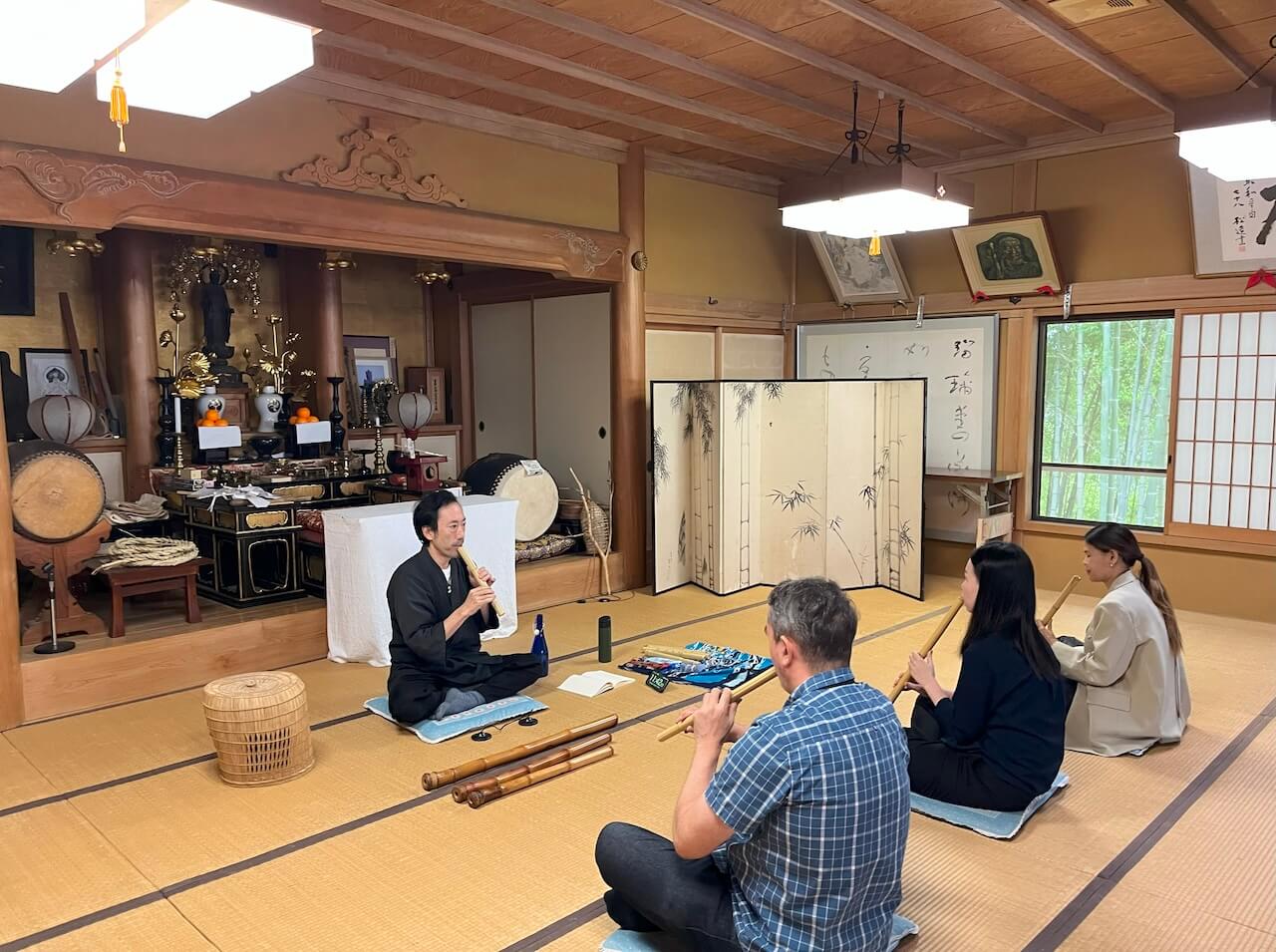
Begin your suizen journey with an introduction to the shakuhachi in a Japanese-style room. After the explanation, your instructor will demonstrate the instrument, allowing you to experience its calming tones firsthand. Following this, you’ll move into Takedera’s bamboo grove. Unlike traditional zazen meditation, you won’t be seated indoors. Instead, you’ll spend time walking around the bamboo forest, allowing the sounds of nature to blend with your breath as you play the shakuhachi.
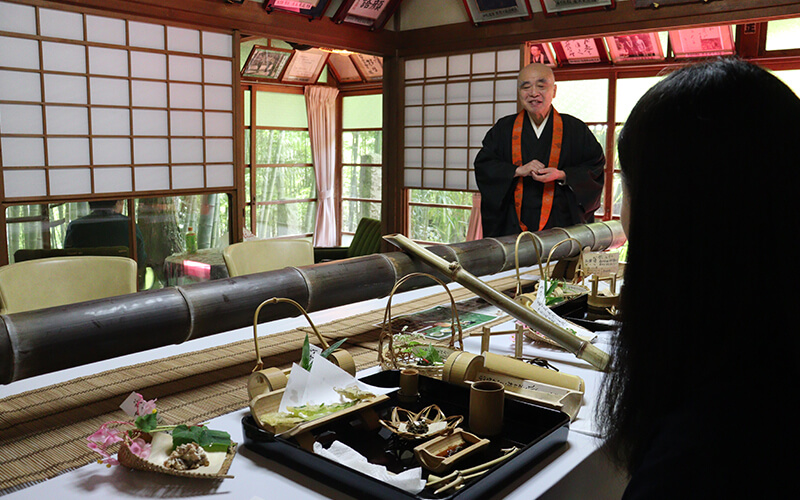
Following this meditative experience, indulge in a traditional vegetarian Buddhist meal, or shojin ryori, crafted from fresh, seasonal ingredients and served in elegant bamboo bowls. The meal at Takedera features an array of surprising dishes, such as tempura made from dandelions and sweet potatoes and bamboo shoot rice.
Your time at Takedera also lets you interact with local temple staff and the shakuhachi instructor, letting you delve further into the depths of Japanese culture through friendly chat. With English-speaking guides accompanying you, everything flows smoothly, ensuring that you fully appreciate the insights and nuances of this unique encounter.
Unveil Japan's Spiritual Heritage at Shogakuji, Hanno’s Mystical Mountain Temple
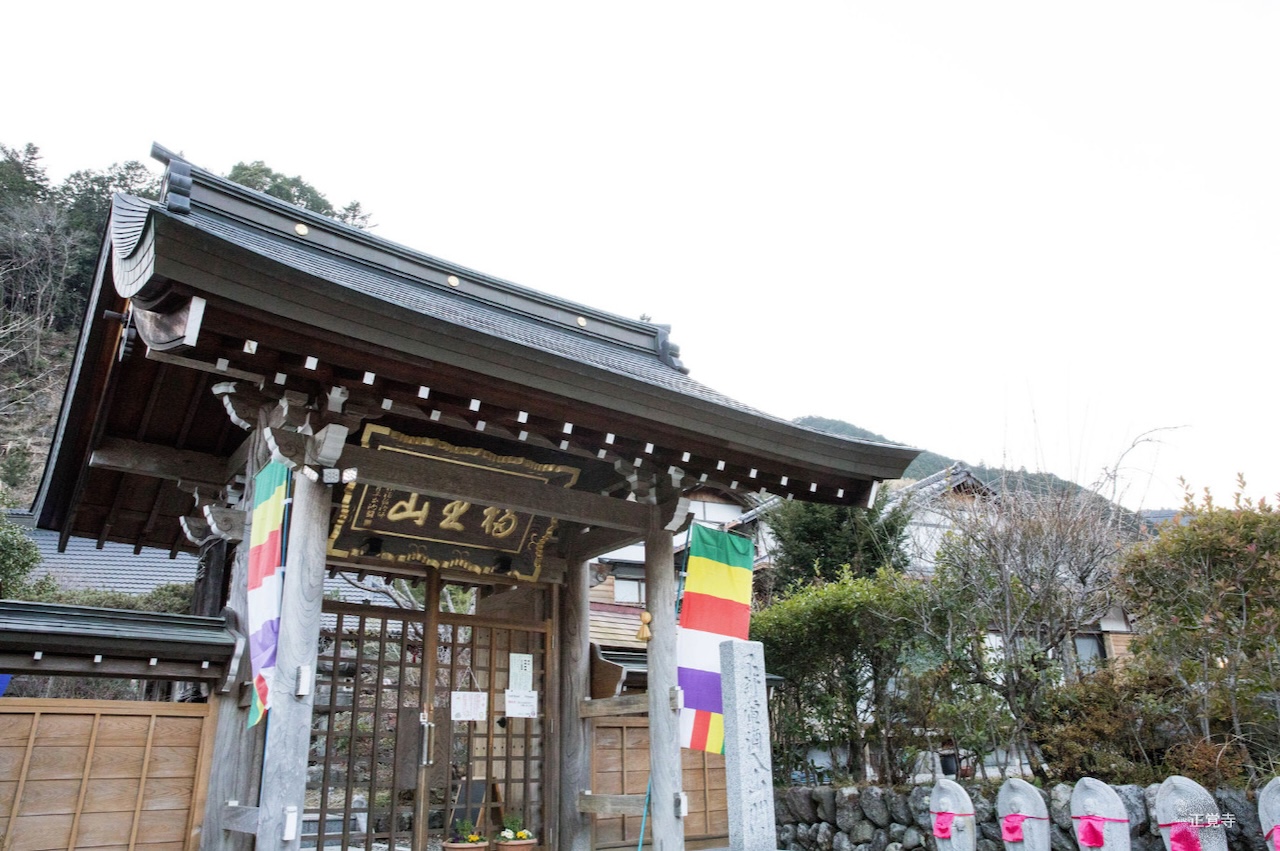
Visitors to Hanno can also find inner peace at Shogakuji, a 500-year-old Zen temple nestled in the mountains of Naguri. Surrounded by nature, you can hear the chirping of birds, the splashing of the river, and the gentle breeze during the day, while at night, the starry sky offers a breathtaking view. In summer, the cool mountain air is a refreshing escape from Tokyo’s heat and urban sprawl, while in autumn, the temple grounds and surrounding scenery burst into magnificent shades of red.
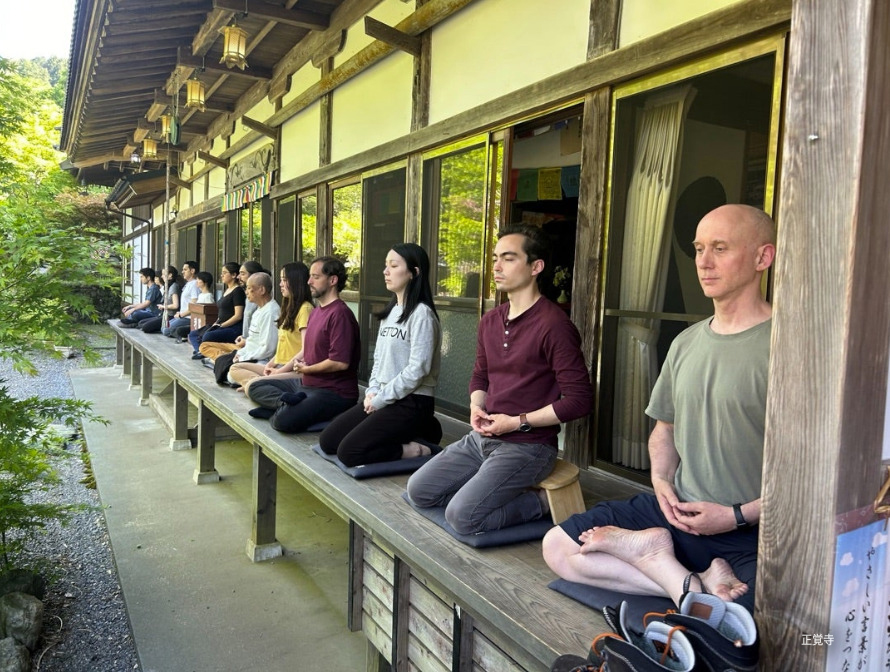
At Shogakuji, travelers can experience the profound practice of zazen meditation and focus on healing and stress relief. Guests also have the opportunity to learn about traditional Japanese spirituality and savor authentic shojin ryori cuisine.
The shukubo (temple lodging) overnight experience allows you to stay at the temple and follow the same training as monks for one night and two days. This includes 40 minutes of zazen each day, along with howa Buddhist sermons, teachings on temple etiquette, work periods (such as sweeping and mopping), life counseling, and shojin ryori meals for breakfast and dinner (with guidance on proper etiquette), as well as shakyo sutra copying. For those preferring a shorter stay, the day trip zazen experience includes zazen, shakyo, and a shojin ryori dinner.
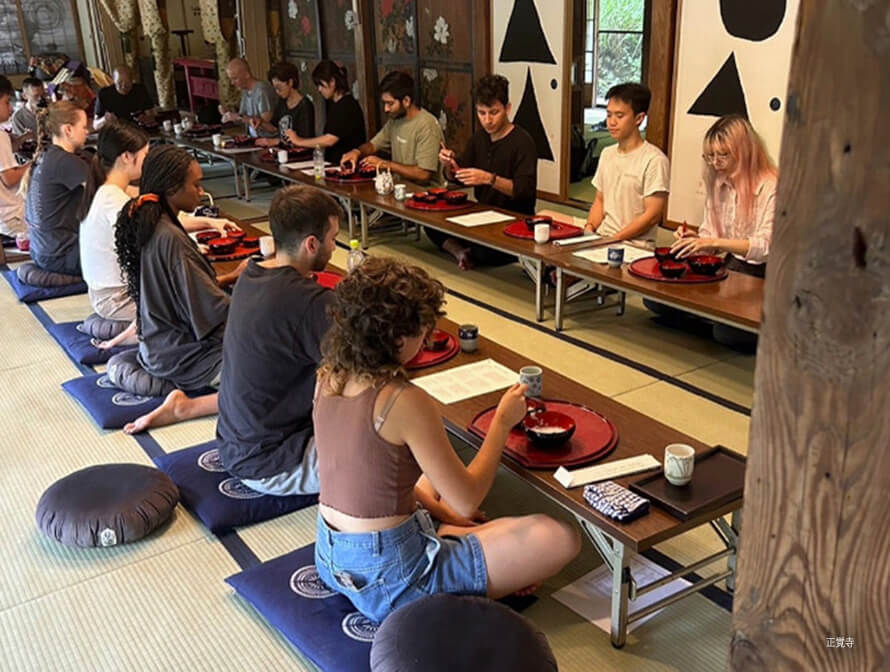
Additionally, visitors can enjoy just a shojin ryori lunch by reservation, offering a taste of monastic life without the full retreat.
Whether you’re attending for an overnight stay or a day trip, the serene environment provides a complete refuge from modern life’s burdens and a unique opportunity to deepen your understanding of Japanese culture.
Hanno City, Saitama - A Green Oasis Just 1 Hour Away from Tokyo
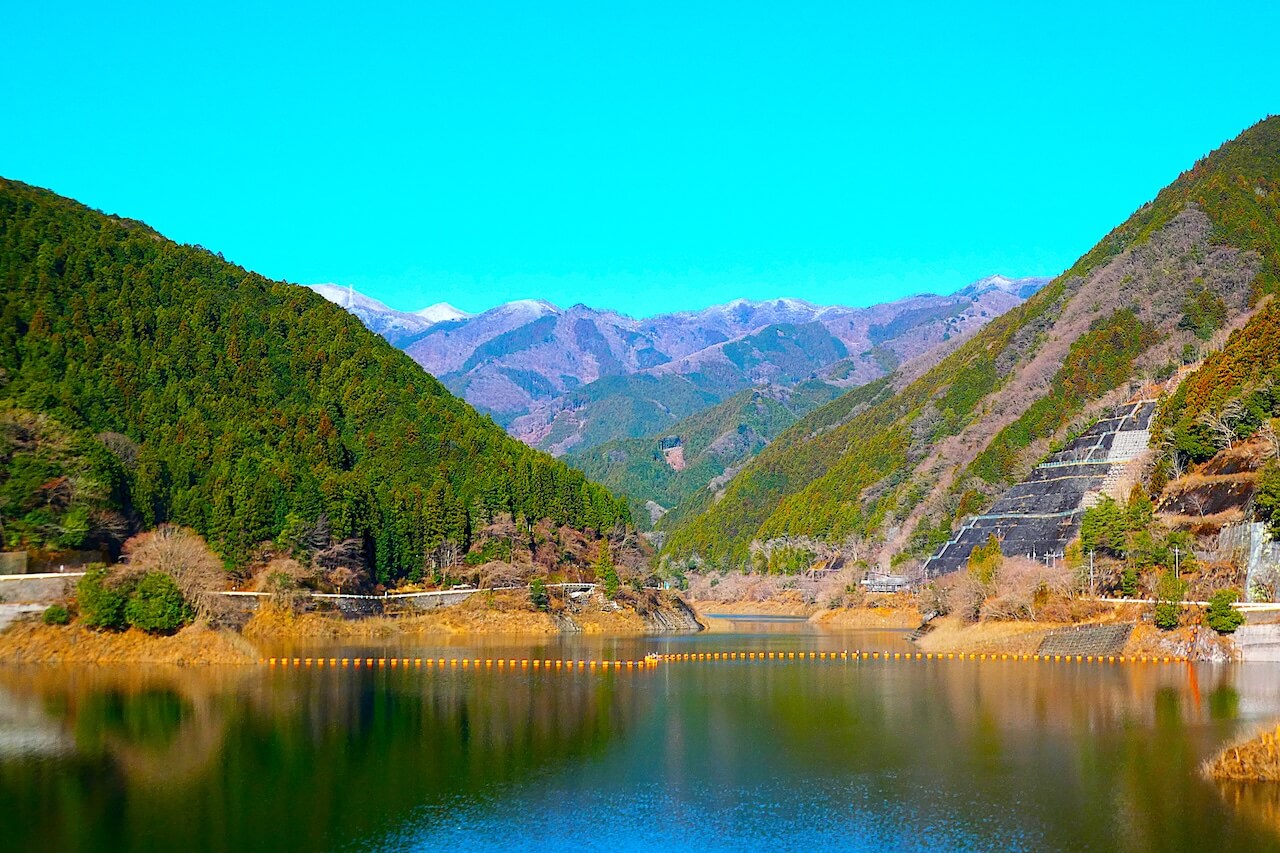
Located in the southwestern part of Saitama Prefecture, just an hour from central Tokyo, Hanno City is easily accessible by train from Ikebukuro Station. A hidden gem in Saitama Prefecture, Hanno is known for its lush greenery and crystal-clear streams, making it the ultimate escape for a break from city life. With the majority of its area covered in forests, Hanno is a paradise for outdoor enthusiasts, perfect for activities like hiking, fishing, and canoeing, plus scenic views of seasonal foliage!
Enjoy the Best of the Hanno Area: River Adventures, Scenic Hikes, and Charming Parks
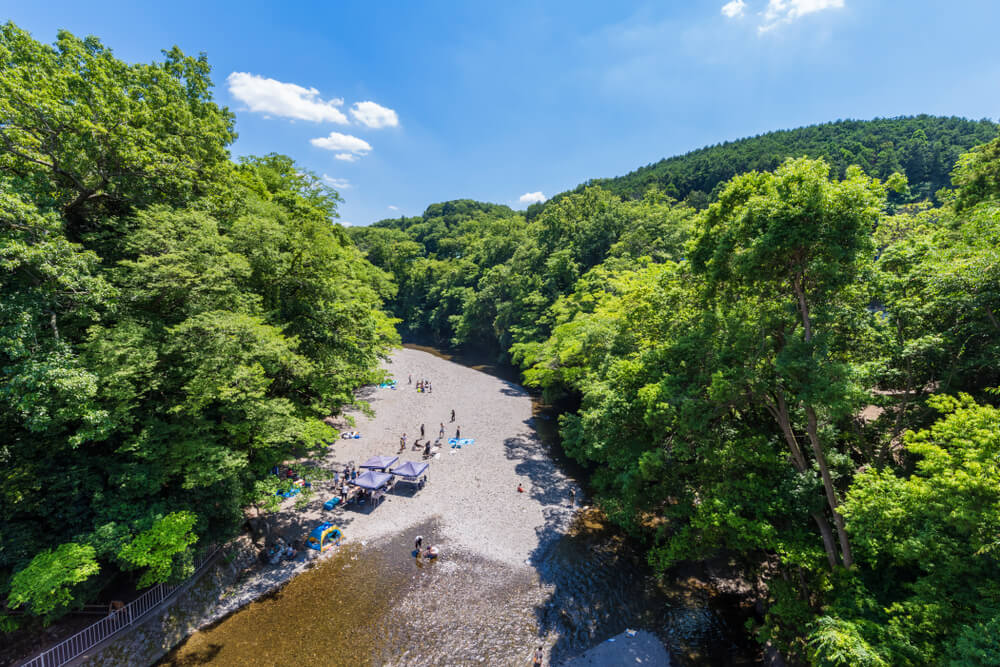
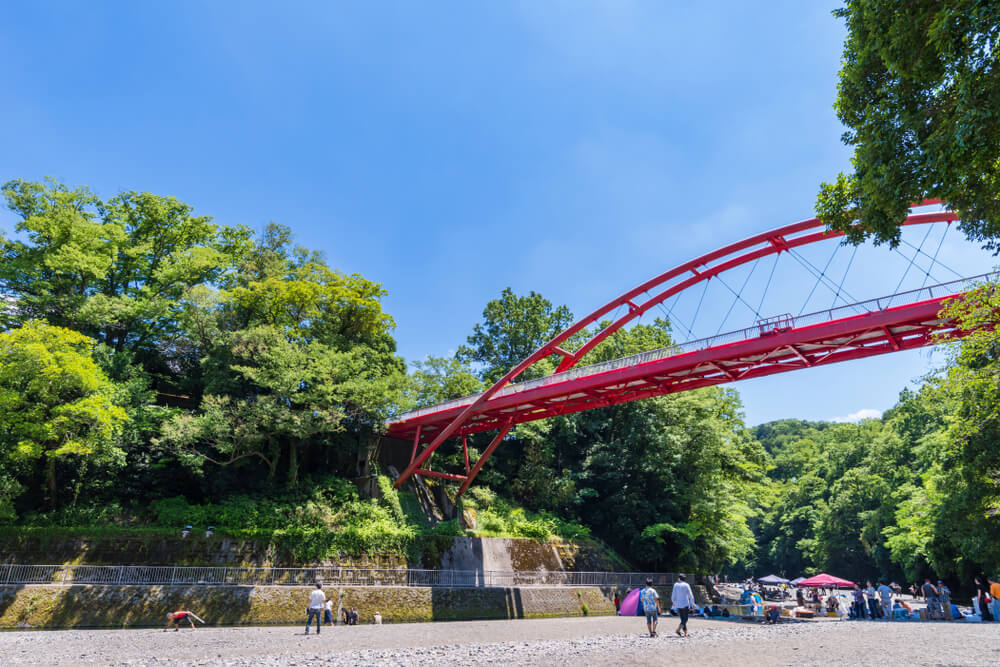
There are numerous spots throughout Hanno famous for their scenic wilderness. Just a short walk from Hanno Station, visitors can relax by the serene Iruma River at Hanno Riverbank, a popular site for summer barbecues and water activities. For a peaceful hike, Mt. Tenran offers a gentle trail with rewarding views of the Kanto Plain, surrounding mountains, and even Tokyo’s skyline on clear days. History enthusiasts will appreciate the ancient Rakan (Buddhist disciple) statues along the path. More adventurous nature lovers can also take a local bus to Naguri Lake and explore the stunning Naguri Valley, a paradise for hiking, canoeing, and camping.
Hanno Riverbank – picture cells / Shutterstock.com
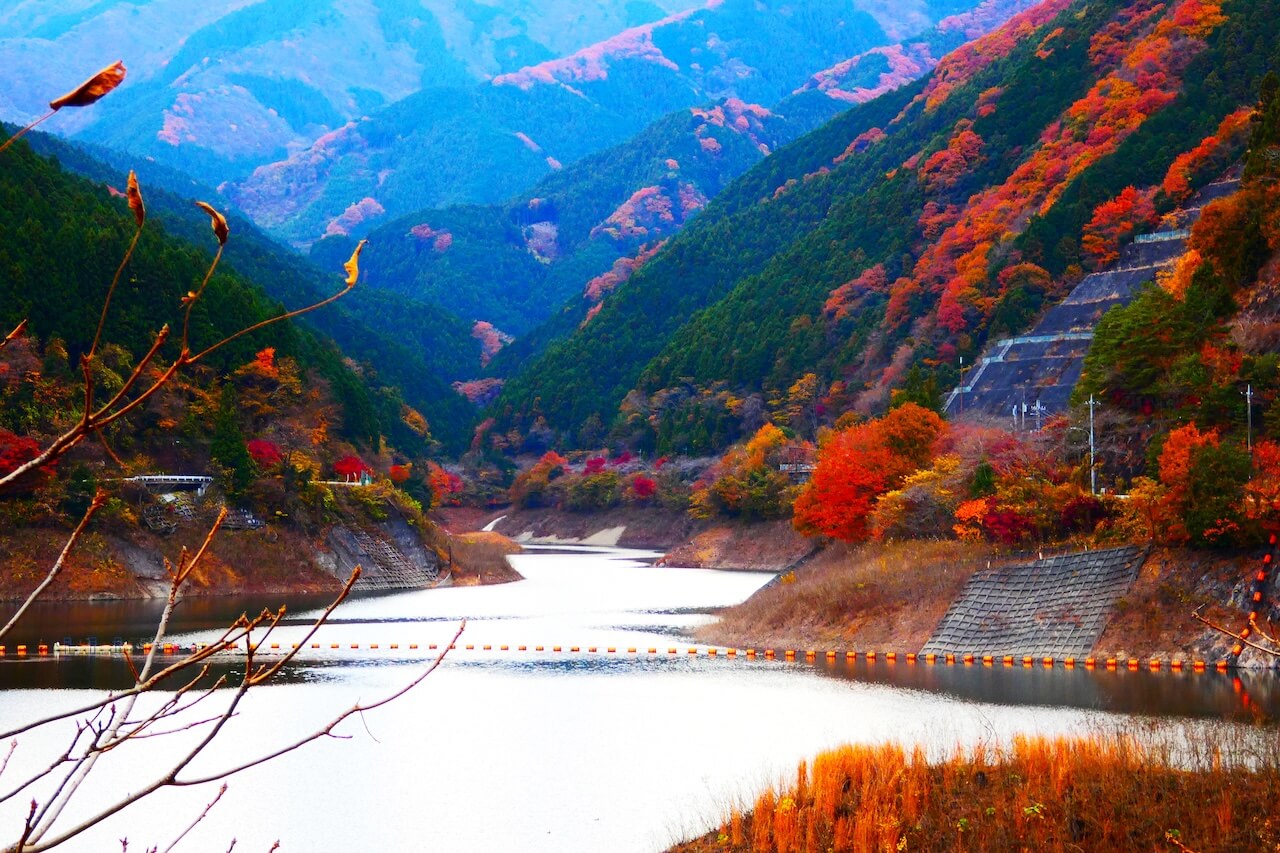
Hanno’s charm also extends beyond nature with family-friendly spots like Moominvalley Park, where visitors can spend a day immersed in the whimsical world of the Moomins; or the Tove Jansson Akebono Children’s Forest Park, which brings Scandinavian fairy tales to life with its enchanting buildings and forested surroundings.
Embrace Serenity in Hanno, Saitama
Escape the chaos of everyday life and discover the serene beauty of Hanno, Saitama—a city where nature and tradition coexist harmoniously. Awaken your senses amidst lush landscapes and ancient temples as you dive into Japanese customs and experience authentic moments of Zen.
